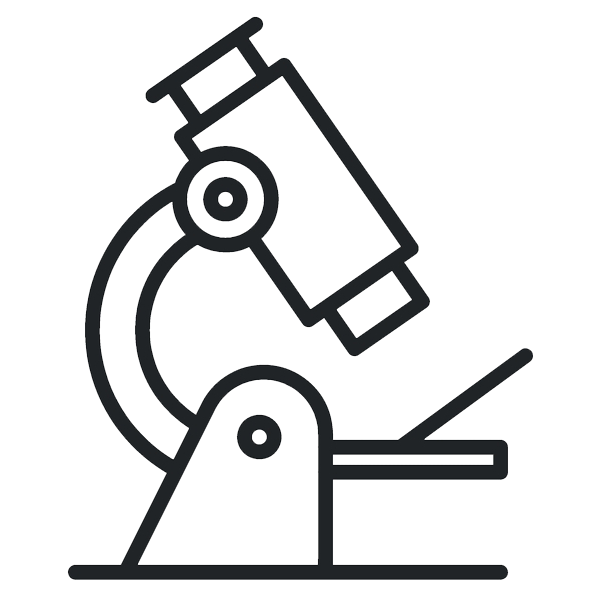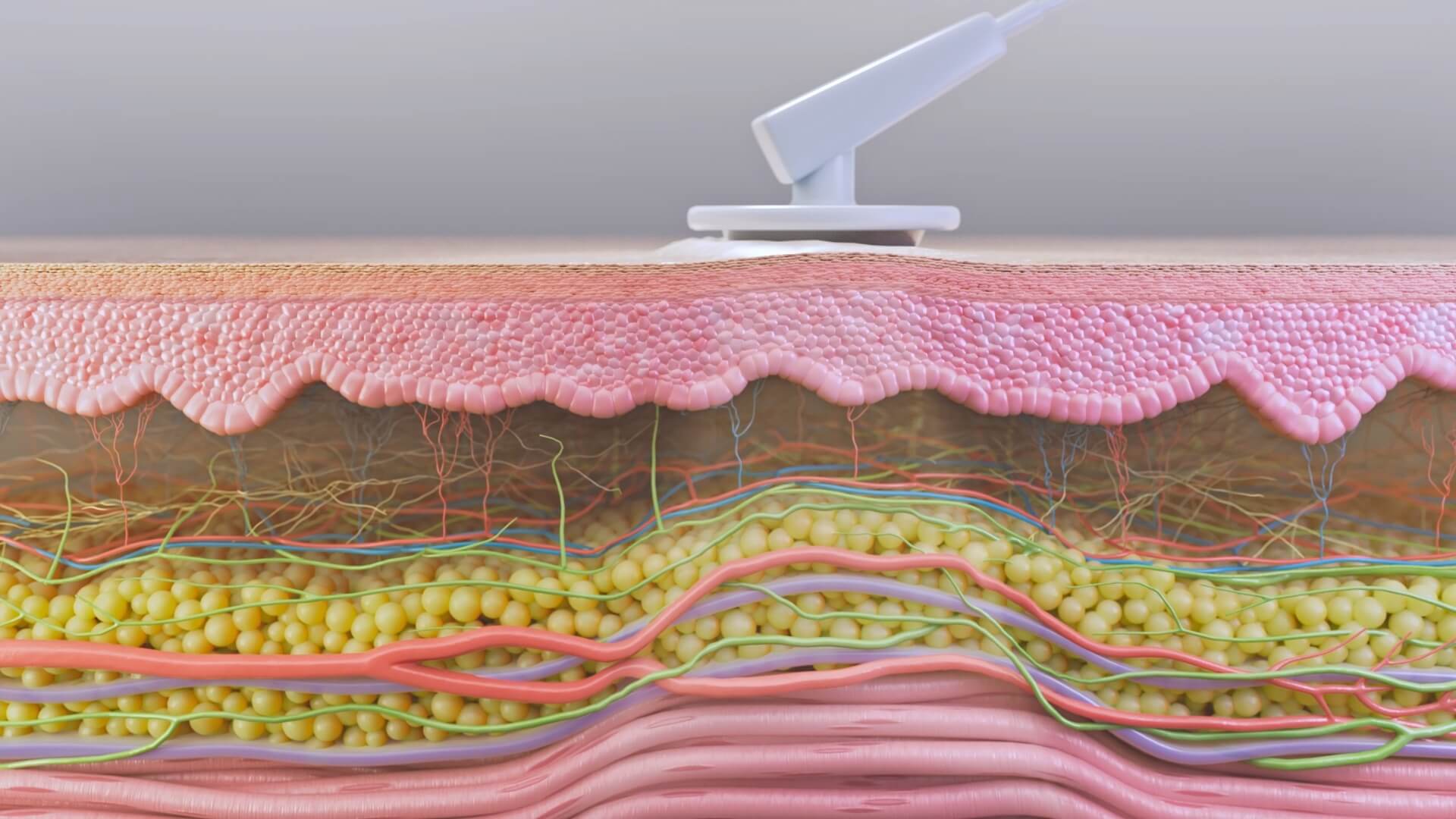Introduction
The B2B customer journey in the aesthetics industry has changed dramatically over the past five years.
In the past, clinics and distributors typically learned about new medical devices through sales reps or industry events. Today, decision-makers are far more independent in their research. They search for solutions online, compare options, and stay updated on the latest trends. So, the client can discover a brand long before a sales conversation happens. For example, a clinic looking to replace their anti-aging device or expand its treatment offering won’t wait for a cold call. Instead, they will first search for solutions online, read industry publications, attend webinars, and probably engage with expert content. If a brand isn’t visible at this stage, it risks losing the sale before it starts.
To reach clinics and distributors effectively, aesthetic brands need a strategy that combines inbound and outbound marketing activities. Inbound marketing focuses on organically attracting potential buyers through valuable content, SEO, and educational resources, ensuring the brand is present when decision-makers actively search for solutions. Meanwhile, outbound efforts, such as direct outreach, industry events, and strategic partnerships, help proactively engage prospects and build brand awareness.
Inbound
Inbound marketing ensures that clinics and distributors discover your brand at the right moment by offering valuable content and engaging digital experiences. Unlike outbound strategies that reach out to prospects, inbound attracts leads through education, trust-building, and strategic visibility.
To establish authority, a strong inbound strategy includes educational content like blog articles, case studies, and webinars. Social media and influencer partnerships expand reach, while video content simplifies complex information. Paid advertising drives targeted traffic, and gated content captures high-intent leads. Finally, email marketing and CRM automation nurture prospects with personalized follow-ups, ensuring they stay engaged.
-
Educational Content
As clinics and distributors increasingly conduct independent research, having an SEO-optimized website and high-quality content becomes imperative. We recommend posting blog articles, case studies, and scientific MoA videos on industry trends, such as emerging treatment innovations, ingredient efficacy, and regulatory compliance. Hosting webinars and live demos with experts will showcase your product benefits and foster engagement and trust. By the way, we developed a free guide on how to organize a webinar.
-
Social Media & Influencer Marketing
The year 2024 showed the power of social media and the right collaborations. Partnerships with influencers or experts like dermatologists, plastic surgeons, and respected medical professionals amplify your brand reach and credibility. The same goes for a consistent social media presence. It could include treatment demonstrations, expert Q&A sessions, behind-the-scenes glimpses, or anything that brings the audience closer to the brand and product. Using our MoA video for brand awareness content for different channels, such as trade shows, the experience center, and social media, helped Hydrafacial France increase customer engagement and trust.
The year 2025 marks video content as a vital tool for social media. This fact is unsurprising, though, since visuals convey complex information much more effectively than text. So, invest in producing explainer videos, patient transformation showcases, and virtual facility tours to give your potential buyers a comprehensive understanding of the product. For example, our long-time partner, Alma Lasers, regularly develops video guides explaining how their devices work and their benefits. By the way, here’s one of their advertising videos featuring our scientific fragments.
-
Paid Advertising
Paid advertising can significantly boost your brand’s visibility and ensure the right audience sees the right message at the right time. Google and Meta Ads have become essential tools to target relevant clinic owners, decision-makers, and distributors based on industry, location, and interests. For example, in a campaign we created for a body care brand, we optimized Google Ads with hyper-specific audience segmentation, strategic ad placements, and keyword refinement to ensure steady lead generation and brand visibility. The result was a significant increase in website traffic (from 25,000 to 64,000 monthly visits) and customer engagement.
-
Gated content
You can also offer insightful content in exchange for contact info, an effective lead generation strategy that provides you with an SQL. You can provide e-books, downloadable guides, and interactive tools on topics like "Selecting the Right Aesthetic Device for Your Clinic," “A Comprehensive Guide to Injectable Trends and Patient Preferences," or "Maximizing ROI: Selecting Aesthetic Equipment for Long-Term Profitability." They will capture valuable leads and help you identify the most engaging content for your audience. After all, customers will gladly leave their contact details for valuable content.
-
Email Marketing & CRM Automation
Once you capture leads, nurturing them through automated email sequences saves you time and money. For example, regular newsletters on industry trends, regulatory changes, and product innovations. Moreover, implementing abandoned cart reminders and retargeting emails will re-engage prospects who have shown interest but have not yet converted. As for Nanobot, we have extensive experience optimizing HubSpot, Salesforce, and Veeva.
Outbound
Outbound marketing remains essential for MedTech brands seeking to engage clinics, doctors, and distributors proactively. Industry conferences like IMCAS, AAD, and AMWC are prime opportunities to showcase products, conduct live demonstrations, and establish credibility through speaking engagements. However, visibility extends beyond events. AI-powered outreach tools like Apollo and Clay allow for highly targeted prospecting, helping brands connect with more decision-makers.
Distributor partnerships are equally crucial, so providing localized marketing support, comprehensive training, and co-branded campaigns is essential. By combining strategic outreach, automation, and strong industry relationships, brands can increase sales and maintain leadership in the aesthetic market.
-
Industry Conferences
Global events like IMCAS, AAD, and AMWC remain key touchpoints for MedTech brands. Thus, a strong presence at these events can help position a company as an industry leader. However, presence alone is not enough. You should maximize panels and presentations to showcase your product's clinical efficacy and competitive advantages. Clinics and distributors also value hands-on experiences, so include interactive booths, product trials and demonstrations, and educational sessions. Seek speaking opportunities to position your brand.
-
Outreach Campaigns
Proactive outreach remains essential in B2B sales, with personalized cold email campaigns targeting clinic owners, dermatologists, and distributors proving highly effective. Defining an Ideal Customer Profile (ICP) helps pinpoint the right prospects, and AI-powered tools like Apollo and Clay assist in identifying and automating outreach to these buyers. CRM system ensures faster and more effective lead management, automating email sequences and follow-ups. By combining ICP targeting, CRM automation, and email personalization, brands can boost engagement, streamline outreach, and convert cold leads into loyal customers.
-
Product Presentations
High-quality product demos and interactive presentations are vital in turning interest into action. Platforms like Veeva and Showpad allow immersive virtual demonstrations, effectively replacing live demos and reducing the need for extensive field sales. These digital solutions help potential buyers fully understand the product’s benefits without logistical constraints, speeding up decision-making. However, even simple tools like PPTX can deliver a high-quality presentation, yet they cannot track audience interaction as opposed to the HTML-coded above. Here’s an article with recommendations on how to enhance your presentation.
-
Distributor & Partnership Strategies
Many aesthetic MedTech brands rely on regional distributors for market penetration. But how do you build relationships with them? Establishing trust starts with providing distributors with a product and the tools to sell it effectively ― comprehensive training, marketing materials, and co-branded campaigns. So, support your distributors with localized content and targeted lead generation to help them position your product effectively in their respective markets. For our loyal client, Brera, we developed a presentation explaining their treatments' medical and scientific background so they can present it at the annual distributors' meeting. Here are some extracts of the presentation we developed for Brera.
Co-branded marketing campaigns with well-known aesthetic brands or medical professionals can also expand credibility and reach.
Conclusion
As the customer journey in the aesthetics industry continues to evolve, brands should combine inbound and outbound marketing efforts to ensure visibility at every customer journey stage. To achieve it, we recommend creating valuable content, leveraging social media, utilizing paid advertising, implementing email automation, participating in industry events, engaging in personalized outreach, and forming strategic partnerships. They all help reinforce brand recognition and foster deeper connections with potential clients.


